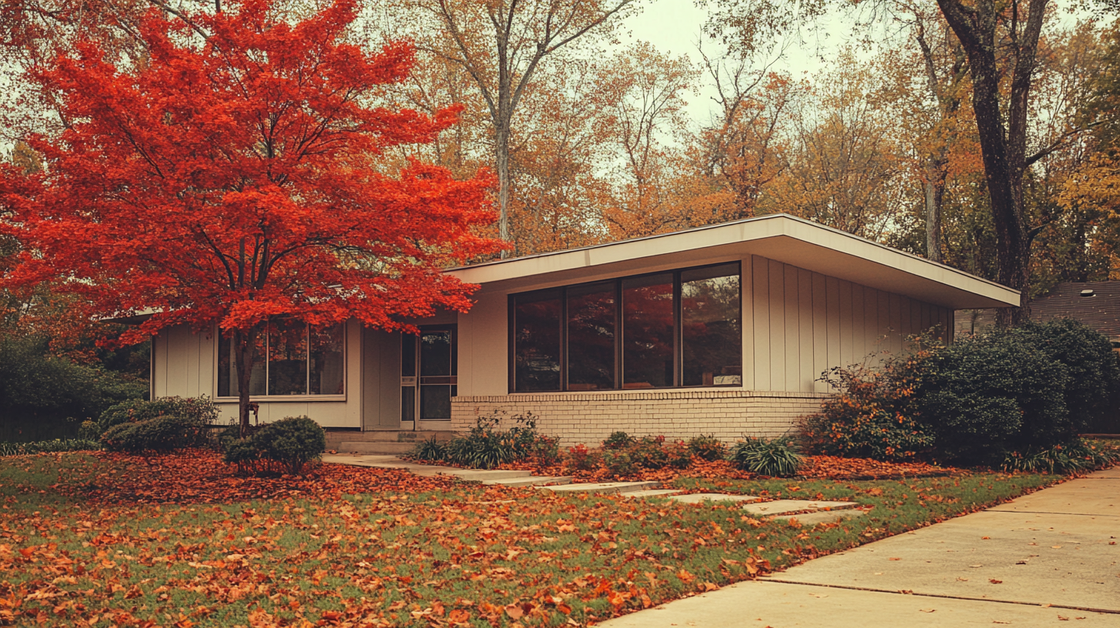Setting the right price for your home sale is more of a science than an art. While it may be tempting to 'price to negotiate' by listing your property above market value, this strategy often leads to unintended consequences that can undermine your sale. Here’s a closer look at why opting to price your home competitively from the get-go—known as 'pricing to sell'—is the smarter choice.
Discover why setting a realistic price from the start can be more beneficial than aiming high and negotiating down.
Pricing to Sell vs. Pricing to Negotiate: A Comparative Analysis
When selling your home, determining the optimal listing price is a pivotal decision. Two common strategies are "pricing to sell" and "pricing to negotiate." Let's explore these approaches and understand why pricing to sell often yields better results.
Pricing to Negotiate: The Pitfalls
This strategy involves setting a higher-than-market-value price, anticipating that buyers will offer less, allowing room for negotiation. However, this approach has several drawbacks:
- Reduced Buyer Interest: Overpriced homes often receive less attention, as buyers may dismiss them as unaffordable or not worth the premium. This can lead to fewer showings and offers.
- Extended Time on Market: Properties priced above market value tend to linger unsold, leading to the perception that something is wrong with the home. This "stale" listing effect can further deter potential buyers.
- Appraisal Issues: Even if a buyer agrees to a higher price, lenders require an appraisal. If the home doesn't appraise for the agreed-upon price, the deal can fall through unless the seller reduces the price or the buyer pays the difference

Pricing to Sell: The Advantages
This approach involves setting a price that reflects the home's true market value, based on comparable sales and current market conditions. Benefits include:
- Increased Buyer Interest: A competitively priced home attracts more potential buyers, increasing the likelihood of multiple offers. This competition can drive up the final sale price.
- Faster Sale: Homes priced correctly tend to sell more quickly, reducing the stress and costs associated with a prolonged selling process.
- Fewer Negotiations: A fair price reduces the need for extensive negotiations, leading to smoother transactions and a higher chance of closing the deal.
Shifts in Buyer Behavior
Today's buyers are better informed and more market-savvy than ever before. They have access to a wealth of information online and can easily spot overpriced homes. This shift in buyer behavior emphasizes the importance of setting a realistic price that reflects both the value of the home and current market conditions.
Key Takeaways:
- Overpricing can lead to reduced interest, longer time on the market, and potential appraisal issues.
- Competitive pricing attracts more buyers, potentially leading to multiple offers and a quicker sale.
- Modern buyers are savvy and can easily identify overpriced properties, making accurate pricing essential.
In the modern real estate market, pricing your home right from the start isn’t just good practice—it’s essential for attracting serious buyers and achieving a timely sale. By understanding the pitfalls of overpricing and the benefits of a market-aligned strategy, sellers can avoid the common traps that delay sales and compromise final sale prices.






